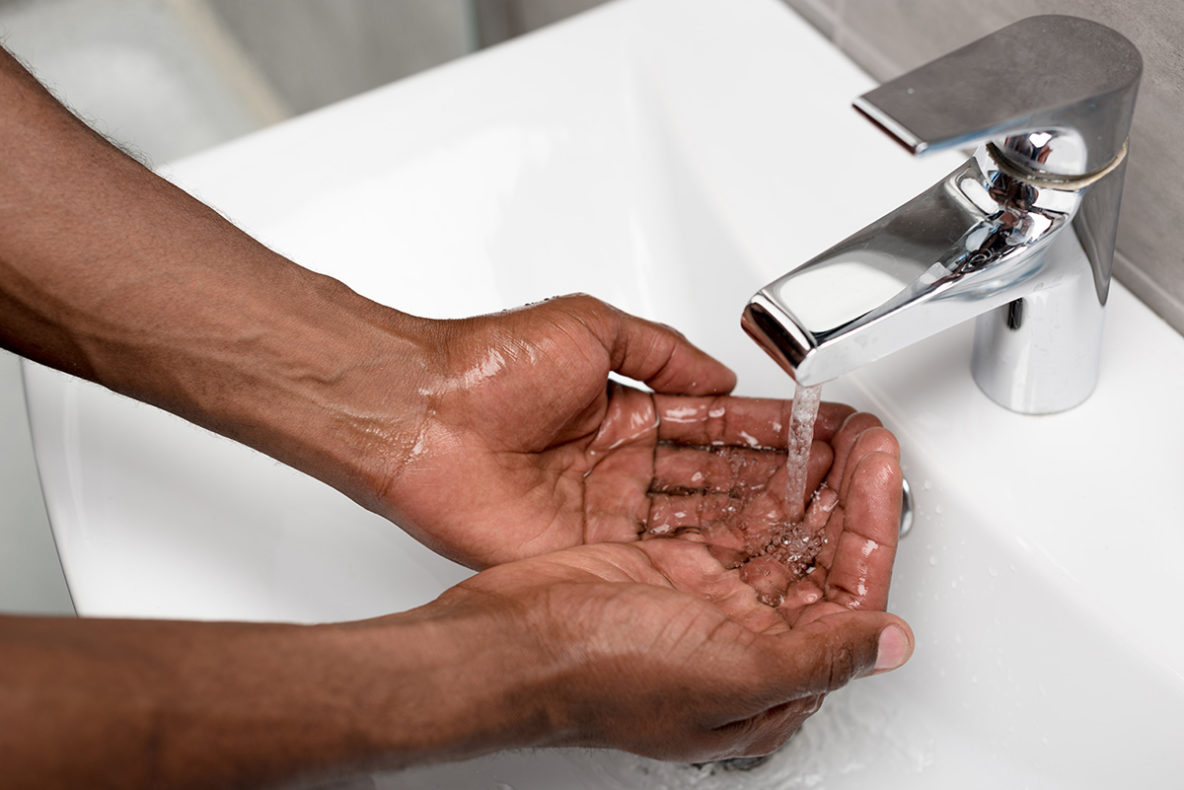- The body of a water softener is a tank filled with resin beads. These beads are covered with sodium ions. As hard water passes through, the resin beads act like a magnet attracting the calcium and magnesium ions(hardness) in exchange for the sodium ions.
- Eventually the resin beads become saturated with mineral ions and have to be”re-charged.” The process is called regeneration, and is conducted by the control valve on the top of the tank. The control valve is the brain of the system.
- During regeneration, a strong brine solution is flushed through the resin tank, bathing the resin beads in streams of sodium ions which replace the accumulated calcium and magnesium ions (hardness). In a single tank system this normally happens when you are asleep.
- The brine solution, carrying the displaced calcium and magnesium ions, is then flushed down the drain by fresh water. The regenerated resin beads can be used again and again.
What are Nitrates and are they a concern?
Nitrates are a form of nitrogen and are a natural part of soil and groundwater. Fertilizer, septic systems and manure can increase nitrate levels beyond EPA’s water standards. According to a Saint Cloud Times article some local areas (Becker, Clear Lake, Cold Spring) have increased nitrate levels. Nitrate contamination in drinking water affects a person’s blood ability to carry oxygen. The most vulnerable are infants, pregnant women and certain adults. The EPA’s maximum drinking water standard is 10 milligrams per liter. Nitrate is not a concern for washing or external use and only presents a problem when ingested. The two methods that will remove nitrates are Reverse Osmosis systems and Distillations systems.
